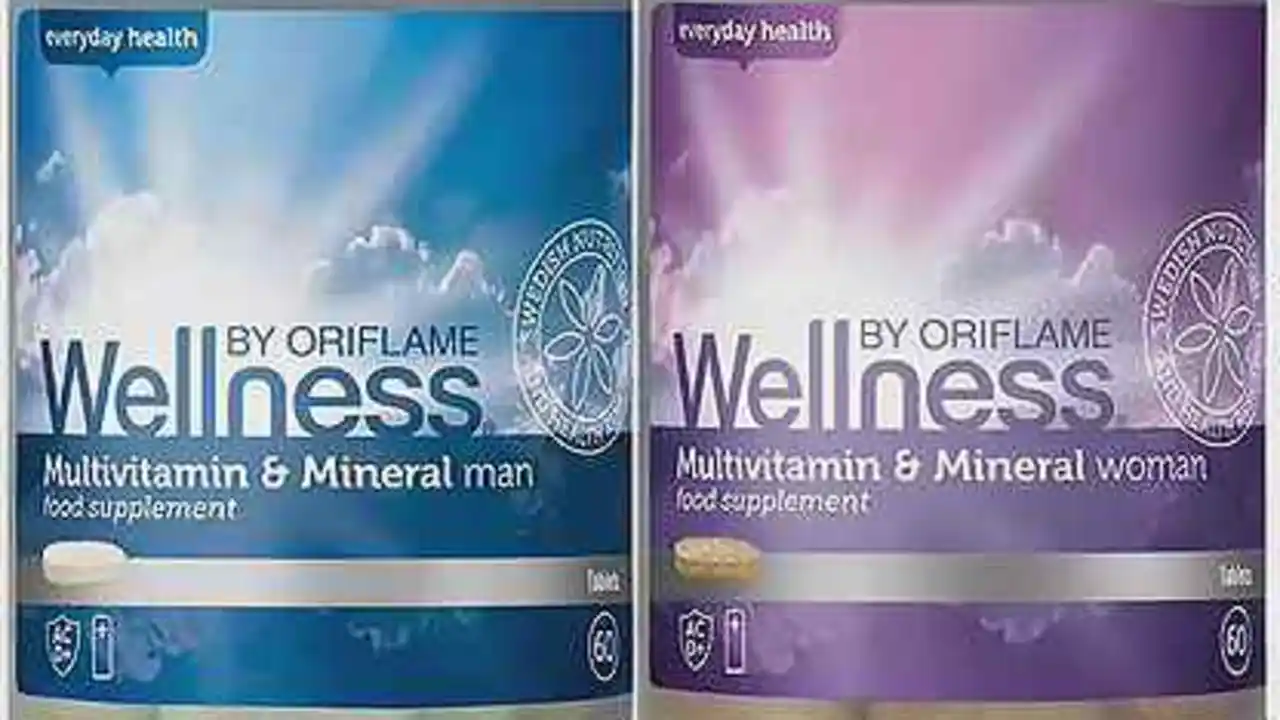Frankincense: What It Is, How It Works, and Why It’s Worth Trying
Frankincense is a resin that comes from the Boswellia tree. You’ve probably seen it in incense sticks or heard it mentioned in yoga classes. The tree lives in dry regions of Africa and the Middle East, and when the bark is cut, a milky sap oozes out and hardens into tears or beads. Those beads are what we call frankincense, and they can be turned into powder, capsules, or essential oil.
People have used frankincense for thousands of years, mainly for its smell and supposed healing power. Modern research points to anti‑inflammatory and antioxidant effects, which is why it shows up in supplements and skin products. If you’re looking for a natural way to support joint health, calm stress, or give your skin a boost, frankincense might be a good option.
Health Benefits of Frankincense
First off, frankincense may help with joint discomfort. Some studies suggest that boswellic acids, the active compounds in the resin, can reduce inflammation in the joints. This makes it a popular choice for people with arthritis or occasional knee pain.
Second, the scent of frankincence oil is known to calm the mind. When you diffuse it or add a few drops to a bath, many users report feeling less anxious and more focused. That’s likely because the aroma interacts with brain pathways that control stress.
Third, skin lovers often add frankincense to their routines. Its anti‑bacterial properties can help keep breakouts at bay, and the antioxidant action may slow down signs of aging. A few drops mixed with a carrier oil can be used as a spot treatment or nightly serum.
Finally, there’s some evidence that frankincense supports gut health. The resin may help balance the gut lining and reduce irritation, which could be useful for people with mild digestive upset.
How to Use Frankincense Safely
If you choose capsules or powder, start with the lowest recommended dose—usually 300 mg to 500 mg a day. Check the product label for a clear dosage guide, and don’t exceed the suggested amount without talking to a pharmacist.
For essential oil, always dilute it before applying to skin. A good rule of thumb is one drop of frankincense oil per teaspoon of carrier oil like coconut or almond oil. Test a small patch on your forearm first to make sure you don’t react negatively.
When you want the calming aroma, just a few drops in a diffuser or a humidifier will do. Keep the room well‑ventilated and avoid using the oil near pets, as some animals can be sensitive.
Buy from reputable sources. Look for vendors that provide third‑party lab results, clear ingredient lists, and good customer reviews. This helps you avoid low‑quality products that might be mislabeled or contaminated.
Finally, if you’re pregnant, nursing, or taking medication, check with a healthcare professional before adding frankincense to your routine. While most people tolerate it well, it can interact with blood‑thinning drugs or cause mild stomach upset in some cases.
Bottom line: frankincense is a versatile, affordable option that can support joints, mood, skin, and gut health when used correctly. Start small, choose quality products, and listen to how your body reacts. With the right approach, you can enjoy the benefits without breaking the bank.

Frankincense: Nature's Miracle Dietary Supplement You Need to Try Today
Hi, lovely readers! Today, we'll take a journey into the world of natural wellness. We're going to uncover a secret from nature that you need to try today - Frankincense! It's an incredible supplement that provides a myriad of health benefits. Let's dive in, shall we? Stay tuned for this miracle of nature!




